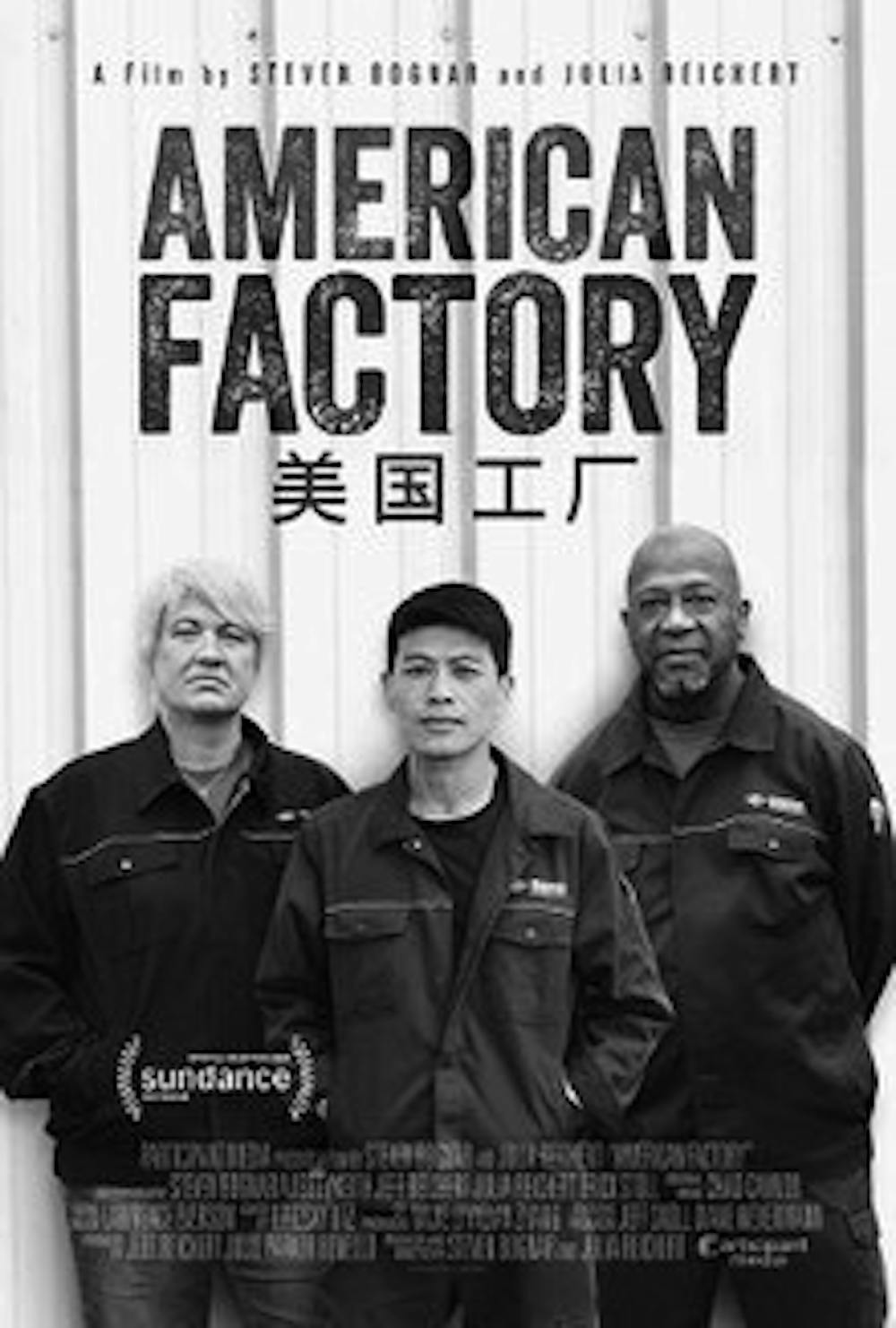A factory is microscopically precise. It is focused solely on efficiency and optimization. A factory is a machine, one that utilizes people to turn its gears and flip its switches. Steven Bognar and Julia Reichert’s “American Factory” (2019) is the first installment by Higher Grounds Productions, owned by Michelle and Barack Obama, in its multi-year deal with Netflix. The film centers on a story of the complex dynamics of Chinese-American cooperation and blue-collar America.
Six years after the General Motors plant in Dayton, Ohio was closed, expelling well over 10,000 jobs from the factory, Chinese billionaire Cao Dewang purchased the factory as the first step towards American production of glass under his company Fuyao. Despite an auspicious grand opening, Fuyao America’s existence was soon found to be turbulent and divisive.
Though Fuyao America is located in Ohio, many of its workers, including all of its supervisors, are Chinese, while almost the entirety of the labor-intensive working force is American. To some capacity, the film allows American audiences to garner a Chinese perspective on American culture, life and labor. There emerges a stark contrast between the film’s portrayals of the dedicated, driven and precise Chinese workers and the slovenly, oafish and comfort-driven Americans. This dynamic intensifies during a trip to China to view their highly efficient and profitable factories. The work done by Chinese laborers is elegant and precise, military-like in its relentless attention to detail, yet simultaneously graceful and poised. The rythym of this part of the film falls somewhere between act one of Stanley Kubrick’s “Full Metal Jacket” (1987) and Darren Aronofsky’s “Black Swan” (2010).
Chinese workers in the film work hours upon hours of overtime, forgoing weekends and taking only one or two days off a month, while American workers have become accustomed to eight days off a month. Because of this and other comfort-driven impediments, Fuyao America is distinctly unprofitable, the only Fuyao factory to be so. In the inability of American workers to match the Chinese level of dedication and efficiency, “American Factory” finds its conflict.
While some workers in the Fuyao plant were paid $29 an hour at the former GM plant, many of the workers find themselves making less than half that for Fuyao. However, the workers of Dayton need jobs, so they are bound in some capacity to Fuyao. As their tolerance for shortfalls in safety, comfort and well-being is nearing its threshold, Fuyao America workers begin to rally towards the formation of a union, one that would enable them to recover some of the necessities of a working life. The lives of Fuyao America workers are at the forefront of “American Factory” and provide the film with tangible evidence of the impacts of international corporations on blue-collar American workers.
In its conclusion, as the factory seemingly repairs some of its self-inflicted damages, “American Factory” reveals an ever-increasing mechanization, one that propels the world into the future while leaving some workers in the past. While walking around the factory floor, supervisors point to different sectors remarking how a new robotic arm will soon replace one, two or even three workers. While new robotic efficiency is great for Fuyao’s profitability, it begs the question of how the world will grapple with the newfound technological revolution.
“American Factory” is a timely film that prompts its audiences to tackle some of the serious constraints of newly invented mechanical efficiency and its relation to us as a society.
As a documentary, “American Factory” is forced to record the past, scrutinizing and studying it for any glimmer of certainty for the future. One thing is for certain: this film will serve to remind us of our uncertain place in the world of rapidly progressing technology.

Owen Mason-Hill ’22 is the Senior Arts & Culture Editor.
He previously served as a staff columnist, writing film reviews under the Reel Critic column. Mason-Hill is studying for a Film and Media Culture major, focusing his studies on film criticism and videographic essays.
His coverage at The Campus focuses primarily on film criticism, and has expanded to encompass criticism of other mediums including podcasts, television, and music under his column “Direct Your Attention.”




